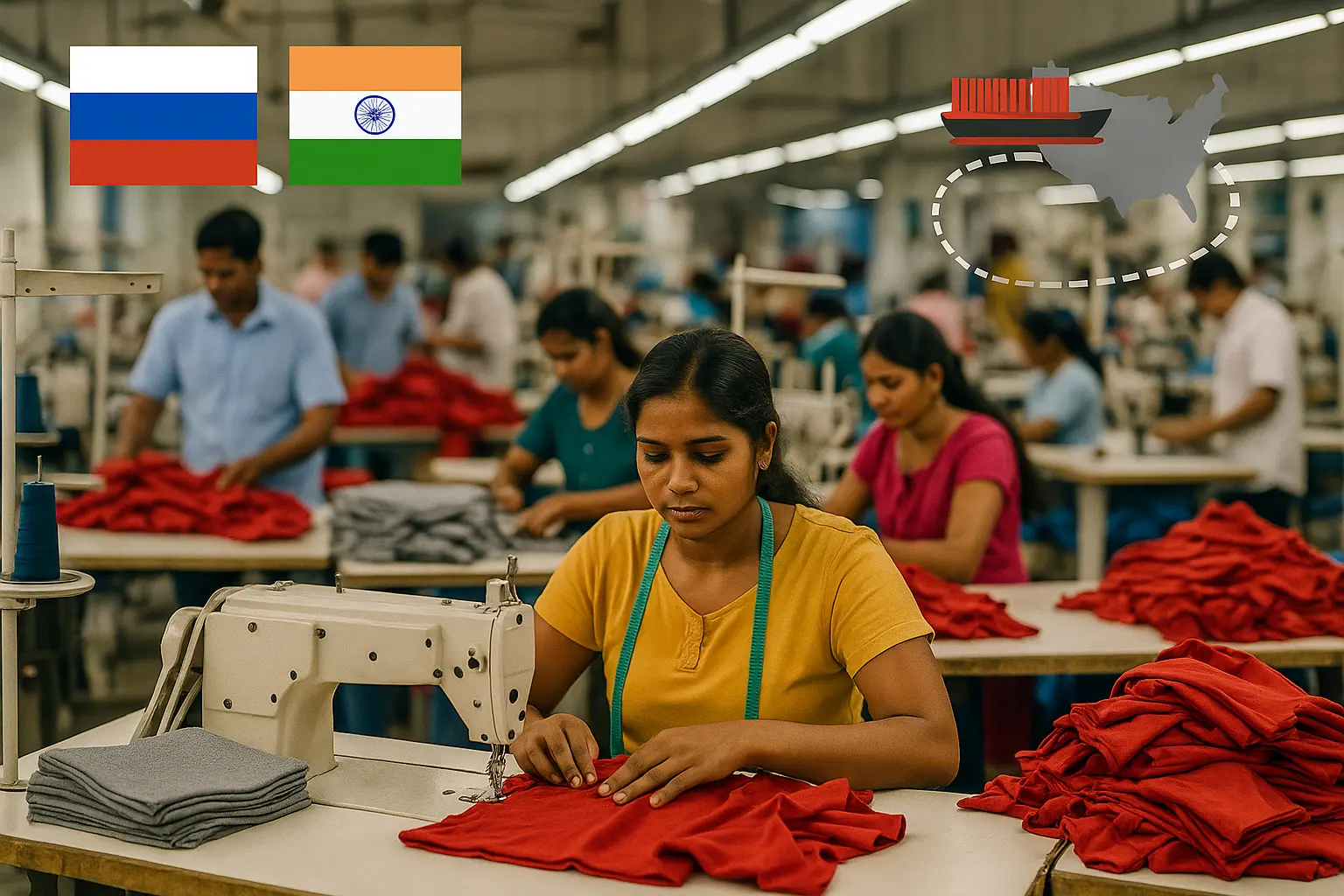Fleece fabric is a synthetic fabric known for its soft and fuzzy texture. It is designed to mimic the properties of wool, providing warmth and insulation without the weight of traditional wool fabrics. Fleece is often made from polyester or a blend of polyester with other fibers by the fleece clothing manufacturers.
The manufacturing process involves knitting or weaving the fibers into a fabric and then brushing the surface to create the characteristic fuzzy pile. There are different types of fleece fabrics, and they can vary in terms of weight, thickness, and texture. Some common types of fleece fabric include:
| Type of Fleece | Description |
|---|---|
| Polar Fleece | Soft, warm; commonly used in outdoor clothing. |
| Microfleece | Lightweight, thin; ideal for layering in outdoor activities. |
| Berber Fleece | High-pile, curly surface resembling sheep’s wool. |
| Anti-Pill Fleece | Treated to resist the formation of pills, maintaining a smooth appearance. |
| Waffle Fleece | Textured surface with a waffle pattern; breathable. |
| Windproof Fleece | Treated or designed to be windproof for additional protection. |
| Recycled Fleece | Made from recycled materials, reducing environmental impact. |
| Stretch Fleece | Contains elastane or spandex for stretch and flexibility. |
| High-Loft Fleece | Thicker pile for extra insulation in cold-weather gear. |
10 advantages of fleece clothing over cotton clothing for gym wear or sports wear
| Advantage | Fleece Clothing | Cotton Clothing |
|---|---|---|
| Moisture Wicking | Has moisture-wicking properties, keeping the body dry. | Absorbs moisture and may retain a wet feel during workouts. |
| Quick Drying | Dries quickly, preventing the clothing from staying wet. | Takes longer to dry, potentially leading to discomfort. |
| Insulation and Warmth | Provides insulation and warmth without bulk. | Can lose insulating properties when wet, leading to discomfort. |
| Breathability | Can be designed with breathable features for air circulation. | Breathable but may not provide as much ventilation during activity. |
| Durability | Often more durable and resistant to wear and tear. | May be less durable, especially with frequent washing and use. |
| Lightweight | Lightweight, providing insulation without adding bulk. | Can be heavier, potentially restricting movement. |
| Softness | Known for a soft and comfortable feel against the skin. | Soft but may not have the same plush feel as fleece. |
| Versatility | Versatile and adaptable to various activities and conditions. | Versatile but may not be as effective in certain weather conditions. |
| Odor Resistance | Some fleece materials have inherent odor-resistant properties. | May retain odors more easily, especially after intense workouts. |
| Elasticity | Often has some degree of elasticity for a flexible fit. | May not provide as much stretch and flexibility. |
This table summarizes the advantages of fleece clothing compared to cotton clothing for gym wear or sports wear.
Take your brand to the next level with India’s leading gym clothing manufacturers. Synerg offers custom and private label fitness apparel made from soft, breathable cotton-lycra blends — perfect for men’s, women’s, and plus-size gym wear. Designed, stitched, and finished at our high-quality Tirupur factory, every piece reflects comfort, precision, and durability.




